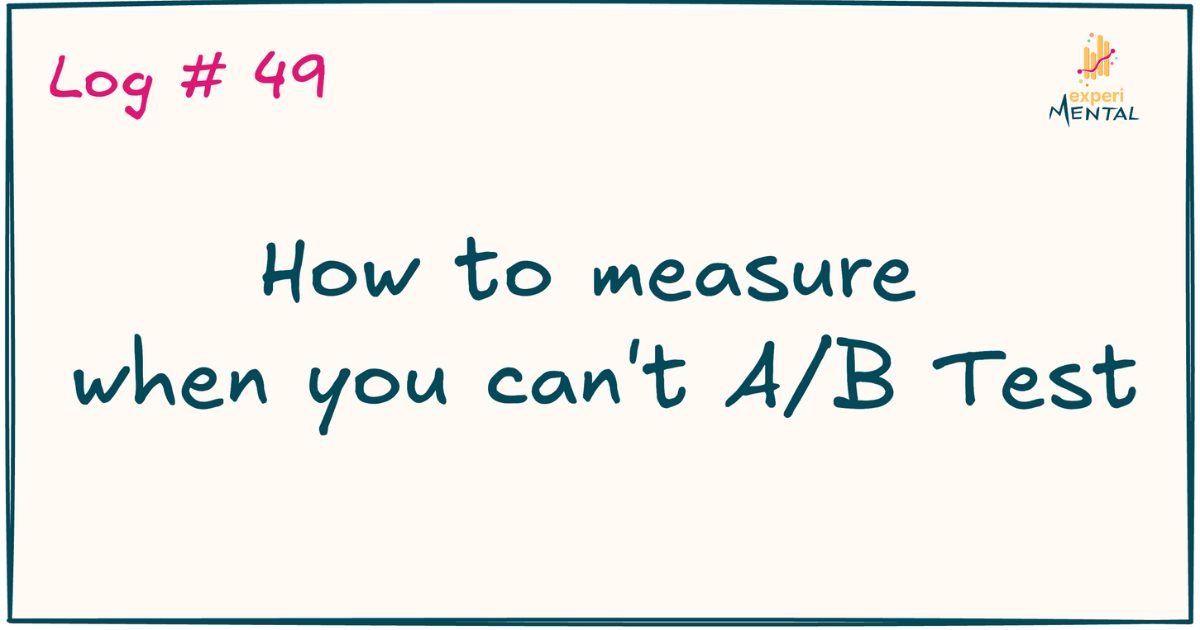This is a 🔒 paid tier article 🔒, but free tier subscribers can continue reading part of the article below!
The Ultimate Guide to LTV
Hey everyone! Welcome to part 4 of my Ultimate Guide to LTV where I go deep on all things LTV. Last week I shared how to identify high value users and now I’m closing the chapter by sharing how to leverage LTV in Marketing.
Let’s go!
How to build better Marketing with LTV

Take any classic Marketing class and you’ll come across the 4 Ps of Marketing. The 4 Ps of Marketing are the foundational element that any company should think through when building their marketing strategy.
Product
Place
Price
Promotion
We seem to have lost that especially in B2C tech where the idea that a PM is the only one who controls product has become the norm. Then there’s a separate team that looks at Pricing and finally Marketing has a bit of “Place and Promotion”.
Regardless, it’s important to realize that Marketing can influence all 4 of thse Ps and below are 10 ways on how to build better Marketing leveraging LTV.
1. Set Smarter CAC Targets

I mean how do you not trust this guy… couldn’t have said it better myself.
I’m not here to get into the debate of LTV : CAC vs payback period. In fact, they’re basically the same but I’ll save that for another day.
What’s really important is that you calculate LTV : CAC or payback periods on a segmented customer basis. Whether you use by channel or product platform (web vs mobile) or any other configuration you want, the reality is that you should be segmenting your customers to set smarter CAC targets using LTV.
If you’re not setting CAC targets based on LTV then you’re effectively rowing a ship without a clear north star. You have no idea if your current trajectory is sustainable or not.
If you can do this and action on it, you’re ahead of 99% of companies.
2. Bidding and Budget Optimization

Google and Meta are always smiling …
Taking Step 1 further is budget allocation and bidding optimization. This is where you not only set targets at a CAC level but then reinforce that decision by putting more weight behind it with better budget decisions and bidding decisions. Here’s 3 ways you can use LTV:
Bid adjustments: set higher bids for audiences/keywords that historically deliver higher-LTV customers
Budget reallocation: move budget from high-volume, low-LTV channels to lower-volume, high-LTV channels
Audience creation: Use LTV data to create lookalike audiences based on your highest-value customers, not just converters
The last one is a really useful tool in digital channels where you can share lookalike audiences to platforms so they can find more of your best quality users.
3. Creative and Messaging Strategy
Once you know who is a high LTV user, you can do 3 things through better creative and messaging strategy:
Attract better customers → Use insights on your highest LTV users to craft messaging that attracts higher-value segments
Value prop alignment → match your marketing message to the behaviors that drive LTV.
Creative Testing with LTV → test for customer quality looking beyond conversions to see if there are proxy signals that you an see in your creative testing (projected LTV is higher when we say X vs Y)
Example: If your analysis shows customers who engage with educational content have 2x higher LTV, invest in educational creative. Wow. Game changing.
4. Proactive Lifecycle Marketing
Start a 14 day free trial
to read the rest and access other paid benefits
Start trial nowPaid subscribers unlock:
- 2-3 monthly subscriber only articles
- Unlimited access to 30+ (and growing) articles



